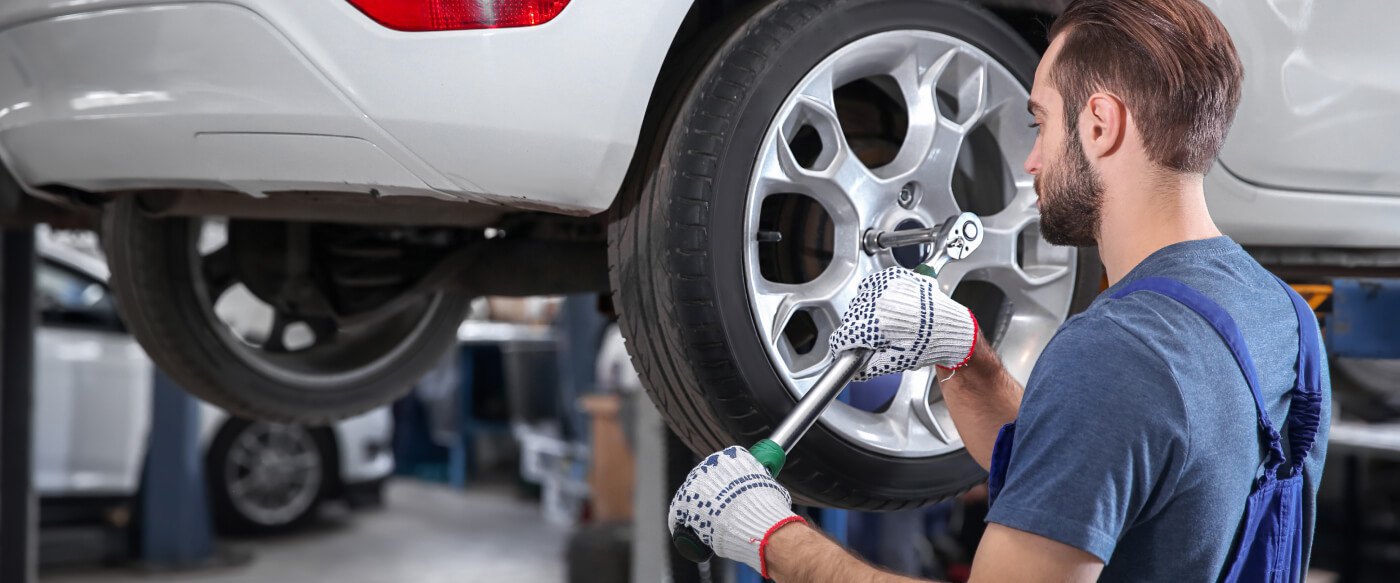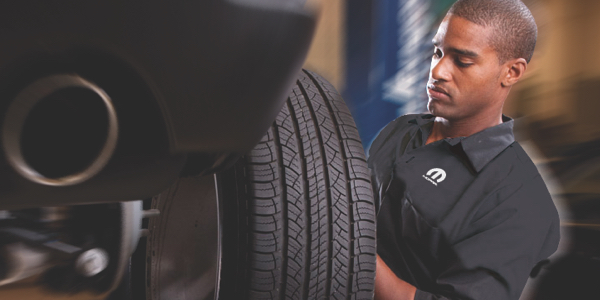Tire Solution: The Influence of Weather
When it concerns making certain ideal efficiency and safety and security when driving, comprehending the impact of climate conditions on tire solution is essential. From scorching heat to icy roadways, each weather element can dramatically influence tire performance and general driving experience. By delving right into the results of varying climate condition on tires, motorists can acquire important understandings that might enhance their car's efficiency and long life. In this discussion, we will discover the detailed connection between weather condition conditions and tire service, clarifying the value of weather-specific tire maintenance techniques and factors to consider.
Heat and Tire Performance
When subjected to high temperatures, tires experience adjustments in efficiency that can substantially influence car security and handling. The warm generated from long term driving or hot weather condition conditions creates the tire rubber to soften, leading to minimized tread life and raised wear.

Cold Weather Condition Effects
Cold climate problems can have a considerable effect on tire efficiency and safety. As temperatures decline, tire rubber can solidify, bring about decreased traction on icy or snow-covered roads. In winter, tires may also shed air stress extra swiftly, which can impact dealing with and gas performance. Furthermore, cold temperature levels can create tire sidewalls to stiffen, boosting the risk of damages from holes or other roadway risks.
To mitigate the impacts of winter on tires, it is important to on a regular basis examine tire pressure and inflate them to the maker's recommended degrees. Using winter or all-season tires designed for winter problems can additionally boost traction and grip on icy or snowy roadways. Proper tire upkeep, including normal inspections for wear and damage, becomes also much more crucial during colder months to make sure optimum efficiency and safety and security.
Rainy Conditions Impact
Throughout rainy conditions, tire efficiency and security can be dramatically affected by the damp roadway surface areas and lowered exposure. The step pattern of tires plays a vital duty in keeping traction on damp roads. Tires with worn-out treads are extra susceptible to hydroplaning, where a layer of water develops between the roadway and the tire surface, leading to loss of grip. To battle this, motorists must consistently examine their tires for appropriate walk deepness and think about spending in tires especially created for wet conditions.
In addition, stormy weather can likewise reduce visibility, making it testing for chauffeurs to see the road ahead plainly (GMC Tire Service). In such problems, it is important to change driving speeds appropriately and keep a safe following distance to permit sudden stops. Effectively filled with air tires can also look at this web-site aid in preserving control on wet roads by supplying far better handling and grasp
Snow and Tire Safety
Snow-covered roads pose special obstacles for vehicle drivers, stressing the importance of correct tire option and upkeep. When driving in snowy problems, having the appropriate tires can make a substantial distinction in security and efficiency. Winter months tires are created with special rubber compounds and tread patterns to offer better traction on snow and ice contrasted to all-season tires. The much deeper footsteps and sipes of winter months tires help hold the road better, decreasing the danger of sliding and sliding.

It is important to comply with maker directions when making use of and setting up tire chains to stop damage to the tires and vehicle. By picking the ideal tires, maintaining correct inflation, and thinking about extra grip help like tire chains, drivers can enhance their safety and security when browsing snow-covered roads.
Weather-Related Tire Maintenance
When faced with different climate condition, appropriate tire upkeep comes to be an essential aspect of car safety and efficiency. Weather-related tire maintenance encompasses a series of practices focused on making sure ideal tire feature and longevity in different weather situations. One key facet of weather-related tire maintenance is tire stress guideline. Fluctuating temperature levels can trigger tire pressure to differ, influencing grip and gas efficiency. Consistently inspecting and readjusting tire stress according to maker recommendations is vital for risk-free driving in transforming weather. Additionally, tire tread deepness plays a considerable role in taking care of various climate components. Tires with appropriate tread depth offer far better grip on wet or icy roads, reducing the threat of skidding or hydroplaning. When tread wear reaches a certain depth is important for preserving grip and stability in negative weather condition, examining tire tread regularly and replacing tires. By prioritizing from this source weather-related tire upkeep, vehicle drivers can enhance safety, enhance automobile performance, and prolong the life-span of their tires.
Conclusion
In conclusion, climate condition have a my response significant effect on tire efficiency and safety. From warm affecting tire stress and put on to chilly climate decreasing grip, it is necessary to think about the weather when preserving and using tires. Rainy conditions can lower grasp and lead to hydroplaning, while snow can increase the threat of crashes if tires are not effectively equipped. Weather-related tire upkeep is essential in ensuring ideal efficiency and safety when traveling.
In this discussion, we will certainly check out the elaborate partnership in between weather condition conditions and tire service, dropping light on the relevance of weather-specific tire upkeep techniques and factors to consider.
